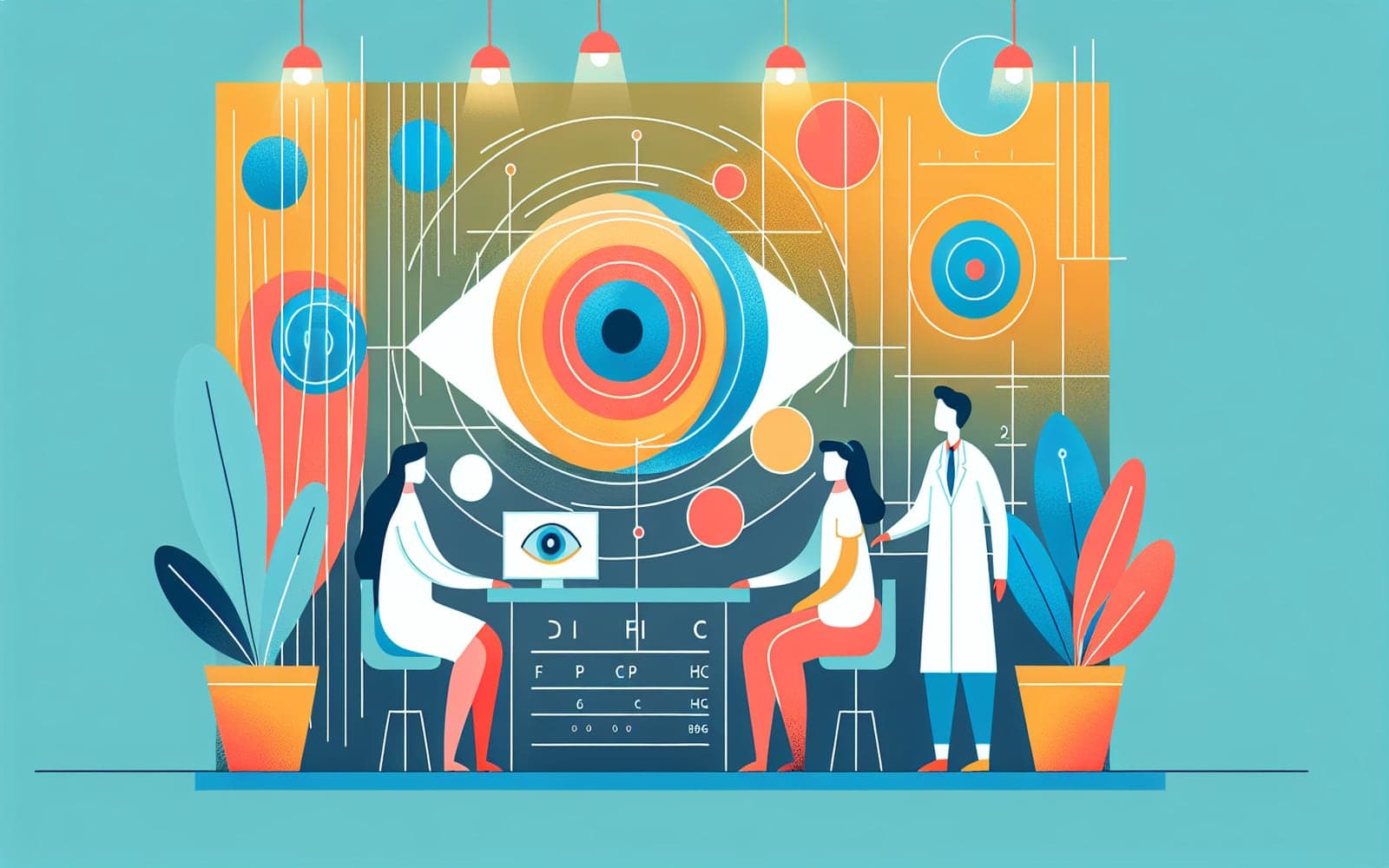Diagnosing Nystagmus: How Doctors Spot the Eye Dance
Published: Aug 21, 2024
Ever wondered how doctors figure out what's causing those wiggly eye movements? Let's peek into the world of nystagmus diagnosis and the tests that make it possible!
Contents
The Eye Exam: More Than Meets the Eye
Diagnosing nystagmus starts with a thorough eye examination. It's like being a detective, but instead of looking for clues at a crime scene, the doctor is closely observing your eye movements. They'll use special tools to track how your eyes move in different directions. This isn't just a simple 'read the chart' test - it's a comprehensive investigation of your eye's behavior.
Nystagmography: Mapping the Eye Dance
One key test in diagnosing nystagmus is nystagmography. Think of it as creating a map of your eye movements. There are different types, including electronystagmography (ENG) and videonystagmography (VNG). These tests record your eye movements, often while you're exposed to different stimuli. It's like capturing your eye's dance moves on video, allowing doctors to analyze them in detail.

Beyond the Eyes: Checking the Whole System
Since nystagmus can be caused by issues beyond just the eyes, doctors often need to look at the bigger picture. This might include tests of your balance system, hearing tests, or even brain imaging like MRI scans. It's like putting together a puzzle - each test provides a piece that helps complete the diagnostic picture.
Frequently Asked Questions
Most tests are non-invasive and painless.
It can vary, sometimes requiring multiple appointments.
Proper testing helps ensure accurate diagnosis.
Your doctor will provide specific instructions if needed.
Key Takeaways
Accurate diagnosis is key to effectively managing nystagmus and improving quality of life.
Curious about nystagmus testing? Chat with Doctronic to learn more about what to expect during the diagnostic process.Related Articles
References
Leigh RJ, Averbuch-Heller L, Tomsak RL, et al. Treatment of abnormal eye movements that impair vision: strategies based on current concepts of physiology and pharmacology. Ann Neurol 1994; 36:129.
Kaminski HJ, Leigh RJ. International Symposium for Therapy of Ocular Motility and Related Visual Disturbances. Neurology 1997; 48:1178.
Always discuss health information with your healthcare provider.

